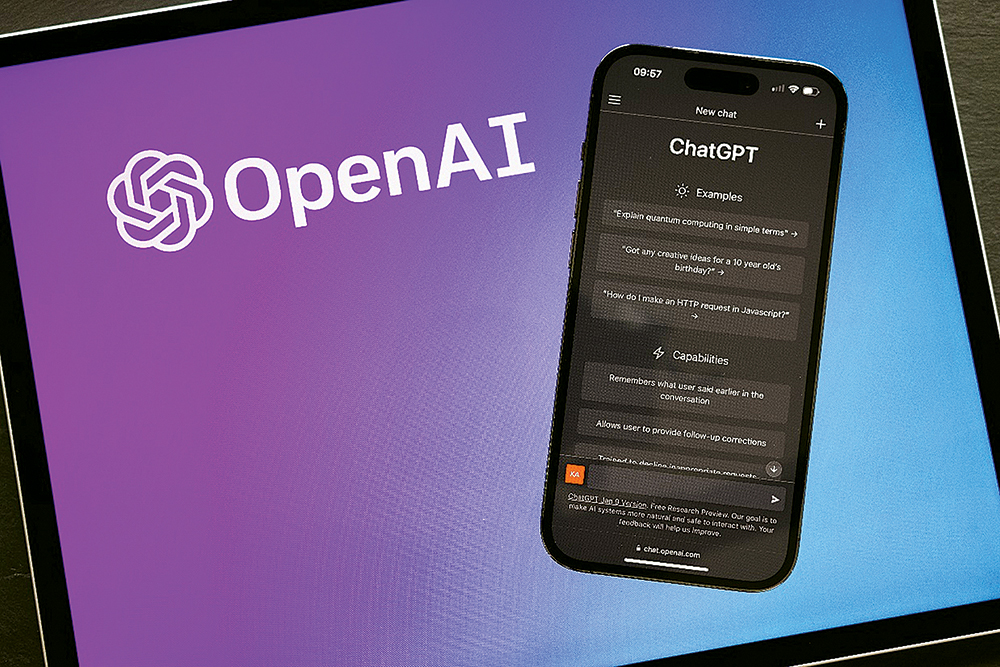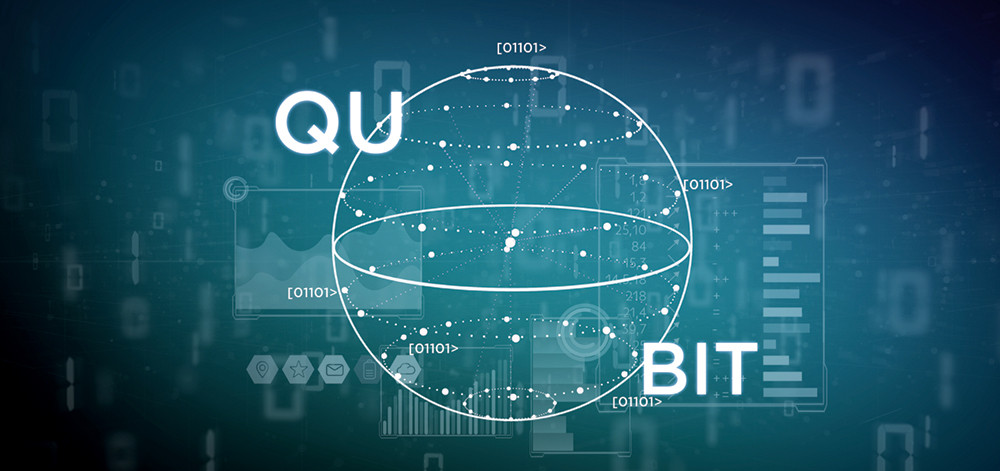
ChatGPT is an AI-powered natural language processing tool and a chatbot that helps you in a way that is similar to that of a human being while also doing a lot more. The language model may help you with things like writing emails, articles and code as well as provide answers to your inquiries.
hatGPT is now available to the public without charge because it is still in research and feedback-collection phase. OpenAI, an artificial intelligence (AI) and research startup, developed ChatGPT and introduced it to the world on November 30, 2022. In addition, DALL·E 2, a well-known AI art generator, and Whisper, an autonomous speech recognition system, were developed by OpenAI.
ChatGPT has reached another significant milestone in the Google search trend score with Nepal attaining second place and furthering its notoriety. The online programme has already caused market disruption with its human-like reactions, even endangering Google, and the most recent data indicate that it will take some time to stop its upward growth and popularity scoring. According to Finbold’s research, a Google search for the term ChatGPT resulted in a popularity score of 92. The algorithm developed by OpenAI reached its highest point of 100 for the week.
ChatGPT has already been prohibited in certain US institutions perhaps due to rising controversy over its possible adverse effects on originality and creativity.
The enormous volumes of unlabelled data that were collected from the internet were used to train ChatGPT prior to 2022. Additional datasets with human-labelled labels are added to the model’s training set and used to continuously monitor and improve it for various language-oriented tasks. ChatGPT excels at a variety of tasks such as answering questions, finishing a given text or phrase, writing fiction and non-fiction from prompts, creating responses that seem human-like in chatbots, creating computer code, translating text from one language to another, performing calculations, and summarising a given text, text classification into several categories, sentiment analysis of the text, text generation for data summaries in spreadsheets and tables, and conversational user input response are all examples of text processing.
A large language model (LLM) named Generative Pre-trained Transformer 3 (GPT-3) is the foundation of ChatGPT. A deep neural network with billions of parameters that requires petabytes of training data is known as a huge language model. Elon Musk-founded research company OpenAI, which produced the model has created it. Semi-supervised learning was employed by data scientists and machine learning specialists to train ChatGPT. Algorithms for semi-supervised learning are trained on partially labelled datasets where some data points have labels and some do not. The model makes predictions about the results of the unlabelled data using the labelled data.
According to OpenAI, data scientists used web scraping to compile the enormous quantity of unlabelled data needed to train the LLM. Text sources that were either in the public domain or made available for use by scholars and perhaps governments were added to this. It is unknown how exactly OpenAI labelled the very vast data sets needed to fine-tune the model, although it is known that part of the labelling was outsourced, and it is possible that they also made use of crowdsourcing tools like Amazon’s Mechanical Turk.
ChatGPT and Responsible Artificial Intelligence
A governance system called ‘Responsible AI’ aims to make complicated black box AI models like ChatGPT more transparent and reliable. OpenAI is taking a number of measures to ensure that ChatGPT promotes the idea of responsible AI. Researchers and engineers at OpenAI are exploring methods to increase the transparency of this deep learning model and are attempting to be as open and honest as they can about the model’s capabilities, limits and potential for abuse. In order to remove bias in their training data, OpenAI data scientists are constantly examining user comments and have used the ‘humans in the loop’ (HITL) method. Similarly, OpenAI experts are always keeping an eye on the model’s outputs and user prompts in ChatGPT to ensure it is being applied responsibly.ChatGPT and Education
The most recent iteration of ChatGPT generates text that is so convincingly human-like that educators have raised concerns about how students are abusing the technology. Some schools have openly forbidden ChatGPT in response. Others are evaluating plagiarism detection software that uses statistics to locate the language watermarks in the models. Advocates of ChatGPT contend that this sort of artificial intelligence is only a more sophisticated search engine (searchbot), and rather than outlawing its usage, educators should utilise ChatGPT to teach critical thinking and guide students in using the technology appropriately.ChatGPT in Business
ChatGPT is being used as an augmented intelligence tool for a wide variety of business tasks. It is currently being used to automate the process of creating content for social media posts, website articles and product descriptions; to build conversational chatbots that can converse with customers off script; to compile and organise customer feedback from various channels; to translate business reports and marketing deliverables from one language to another; to create chatbots that support just-in-time learning for internal training programmes, to write boilerplate computer code and generic scripts, to translate the data from a table or spreadsheet into text, to create boilerplate computer code and generic scripts, to write meta descriptions and suggest synonyms for SEO keywords.Microsoft for ChatGPT
Microsoft announced that it has committed a fresh, multi-year investment in OpenAI, the business underlying ChatGPT. Microsoft was reportedly aiming to spend an extra $10 billion on the firm according to Semafor. The official statement merely made comments on the continuation of the partnership; it made no mention of the speculated financial amount. Microsoft stated their dedication to transforming Azure into a global AI powerhouse. Every product under the OpenAI brand uses Microsoft Azure as its exclusive cloud provider. OpenAI will continue to use Microsoft Azure as its exclusive cloud provider, which will run the workloads for research, products, and API services. The early speculation around this new round of investment said that Microsoft and other investors will participate, valuing the AI business at a whopping $29 billion. It’s important to note that Microsoft has previously made earlier investments in OpenAI. The San Francisco-based business received a $1 billion first investment back in 2019. Industry insiders claim that since then, Microsoft has quietly put an additional $2 billion into the business. Microsoft unveiled Microsoft Designer, a visual design tool that leverages artificial intelligence to build original works of art and social media graphics. They also disclosed a collaboration with Meta to deliver the office of the future. It’s important to note that this special collaboration with ChatGPT occurs barely one week after Microsoft declared that 10,000 jobs will be cut worldwide. Despite Microsoft’s claims that the layoffs would enable them to better concentrate on the subject of artificial intelligence, it is obvious that the business is taking a significant risk in this area. In addition, ChatGPT may be used for a variety of purposes, including basic question and answer exchanges, philosophical discussions, or more private tasks like coming up with wedding present suggestions for you. You may also be quite particular; for instance, you might ask it to compose a birthday message for your sister using a Lady Gaga phrase. It has also been proposed that you might use it to compose lengthy essays or articles if you provided enough information or a word count. It’s reasonable to say that ChatGPT has attracted a lot of interest on social media, in part because people have been playing with the conversation-based bot to see what kinds of replies it might generate. While some individuals are major admirers of the gadget and praise its capacity for using reason to provide educated answers, others have cast doubt on both its fact-checking and math skills because some of the answers haven’t been particularly dependable.Conclusion
There is considerable concern that an improved ChatGPT may drive academics out of business. The concern is whether this instrument will ever be able to produce academic research that is more varied or of higher quality than what is now available. GPT-based systems have a limited range of application and a single output, but they attract attention and generate headlines like IBM Watson, which is only positive. There may be algorithmic journals in the future, where people will evaluate an algorithm and decide whether to accept the results it generates or not. Like ChatGPT, these algorithms will serve as the brand, and the individual who coded them will be the ‘creator’. As new information is received, articles will be produced and amended automatically. We may even go a step farther and say that engineers are no longer necessary since code now writes code. Either we’ll be playing the game of creating these algorithms from scratch or we’ll be employing them. READ ALSO:
Published Date: March 3, 2023, 12:00 am
Post Comment
E-Magazine
RELATED BitsNBytes





